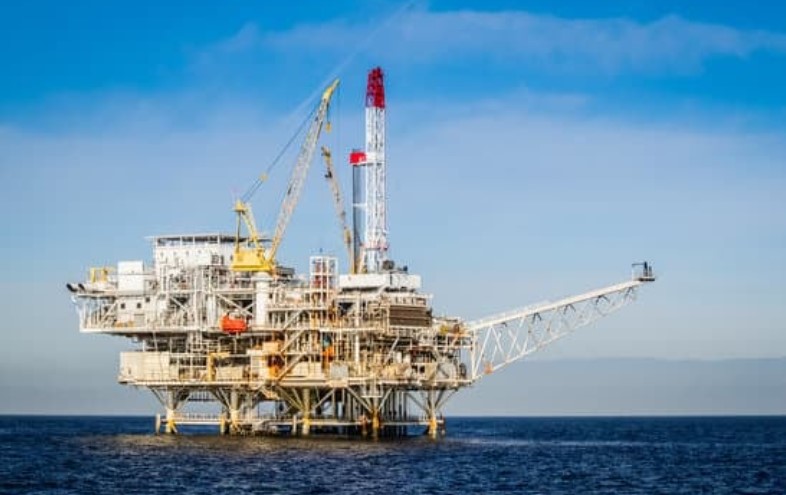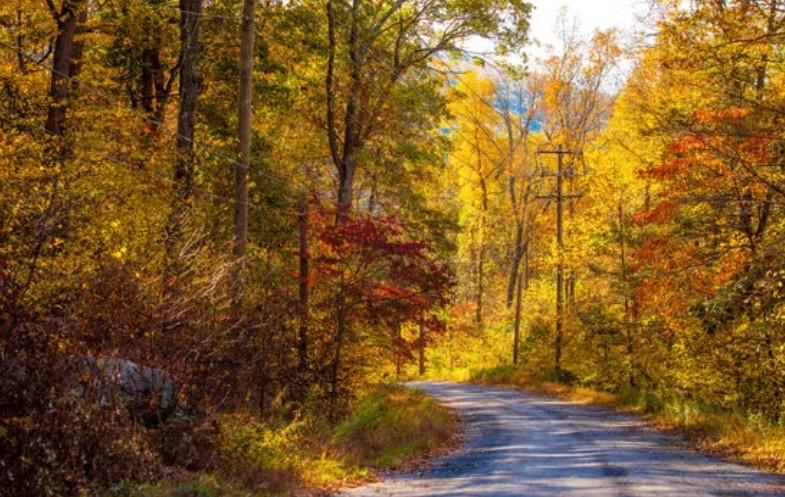Canada is one of the largest oil-producing countries in the world, with diverse and abundant resources. From tar sands to shale rock formations, Canadian oil production has been a significant contributor to the country’s economy for decades. However, have you ever wondered where Canada gets its oil? In this blog post, we’ll explore the different types of oil produced in Canada and examine where it comes from.
We’ll also discuss some of the environmental impacts associated with Canadian oil production and what the future may hold for this vital industry. So, let’s dive into this fascinating topic!
Overview of the Canadian Oil Industry
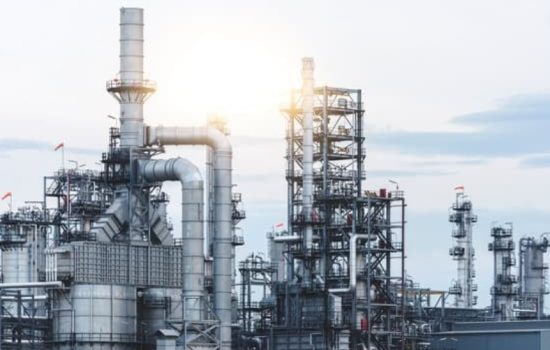
The Canadian oil industry has been a significant contributor to the country’s economic growth for decades. It employs thousands of people and generates billions of dollars in revenue each year. The industry is made up of several different players, including exploration and production companies, transportation providers, refineries, and marketers.
Canada has one of the world’s largest reserves of oil sands – a mixture of sand, water, clay, and bitumen. Oil sands are extracted through an industrial process that involves separating bitumen from other materials using hot water or steam. Canada also produces conventional crude oil from wells drilled into geological formations deep beneath the earth’s surface.
The majority of Canada’s oil production takes place in Alberta province, where there is a rich deposit of oil sands known as the Athabasca Oil Sands. Other provinces such as Saskatchewan and offshore Newfoundland & Labrador also produce smaller amounts of conventional crude oil.
Despite its importance to the economy, Canadian oil production faces significant challenges due to market fluctuations and environmental concerns surrounding its extraction methods. However, with ongoing technological advancements aimed at reducing emissions during production processes coupled with government policies supporting responsible development practices; it seems like there may be hope for this valuable industry yet!
The Different Types of Oil Produced in Canada
Canada is one of the world’s largest producers of oil, with various types and grades being produced across its vast landscape. The different types of oil produced in Canada vary in quality and characteristics, which affect their prices and demand.
- One type of oil produced in Canada is conventional crude oil. This type of oil is extracted from reservoirs that are relatively easy to access using traditional drilling techniques. Conventional crude oil can be further classified into light, medium, or heavy depending on their densities.
- Another type is bitumen or tar sands. It’s a thick, sticky form of petroleum that requires specialized extraction techniques as it doesn’t flow freely like conventional crude oils. Bitumen has a high carbon content making it more difficult to refine than other crude oils.
- A third type is synthetic crude oil (SCO), which can be derived from bitumen through upgrading processes that remove impurities such as sulphur and metals. SCO has similar properties to conventional light sweet crude but contains higher levels of contaminants due to the upgrading process.
- Canada also produces natural gas liquids (NGLs) such as propane, butane and ethane during the production process alongside both conventional and unconventional oils.
The diversity in Canadian Oil Production helps meet global demands for energy while providing valuable resources domestically for economic growth. However, these diverse forms all come with unique challenges surrounding extraction methods and environmental impact concerns associated with each method used by the industry when producing them.
Where Does Canada Get Its Oil?
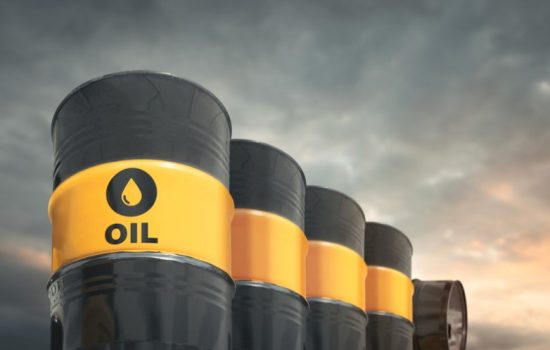
Canada is the fourth largest oil producer in the world, and a significant portion of its oil production comes from Alberta’s oil sands. However, Canada also has conventional oil reserves that are located across several provinces such as Saskatchewan, Newfoundland and Labrador.
The majority of Canadian crude oil exports are sent to the United States, accounting for over 95% of total exports. The remaining export volumes go to other countries like China and India through pipelines or tanker ships.
Canada also imports some crude oil from other countries when domestic supplies cannot meet demand. Most of these imports come from the United States but smaller amounts also come from countries such as Saudi Arabia and Nigeria.
It is important to note that despite being a large producer and exporter of crude oil, Canada still relies on imported refined petroleum products such as gasoline and diesel fuel due to limited refining capacity in the country.
Canada’s position as an energy powerhouse is expected to continue with ongoing investments in new technology and infrastructure development while balancing environmental concerns related to fossil fuel production.
Environmental Impacts from Canada’s Oil Production
The oil industry has been an essential part of Canada’s economy, but it also comes with significant environmental consequences. The production and transportation of oil create greenhouse gas emissions that contribute to climate change. Moreover, extracting crude oil from tar sands produces toxic waste materials that can harm local ecosystems.
Oil spills are another potential environmental risk associated with Canada’s oil production. Pipeline leaks or tanker accidents can release large quantities of oil into waterways and coastal areas, damaging wildlife habitats and fisheries.
In addition to these risks, indigenous communities in Canada have been disproportionately affected by the environmental impacts of the country’s oil production. Many indigenous peoples rely on land-based activities such as hunting and fishing for their livelihoods, which makes them particularly vulnerable to ecological disruptions caused by industrial activity.
Despite these concerns, some argue that Canadian oil is produced under more stringent regulations compared to other countries practices. However, there is still a pressing need for continued efforts toward reducing the industry’s environmental impact through innovative technologies and policies designed to promote sustainable practices.
The Future of Canadian Oil Production
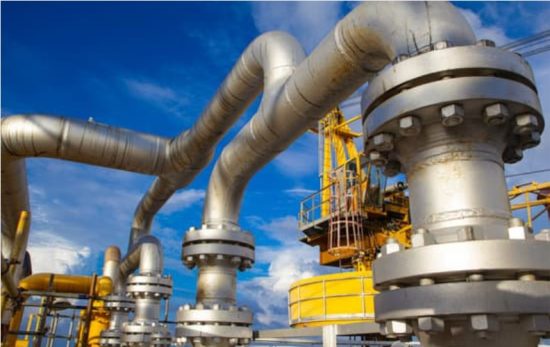
As we look toward the future of Canadian oil production, it’s important to consider both the challenges and opportunities that lie ahead.
- One major challenge facing the industry is a growing global shift towards renewable energy sources, which could potentially decrease demand for oil in the long term.
- However, Canada has vast reserves of not only traditional crude oil but also unconventional resources such as oil sands and shale gas. Investment in research and development will be key to unlocking these resources while minimizing environmental impacts.
- Another important factor to consider is the role of technology in improving efficiency and reducing emissions from oil production. From advanced drilling techniques to carbon capture and storage technology, innovation will play a crucial role in securing Canada’s position as a leading producer of oil.
- It’s worth noting that while some may advocate for a complete transition away from fossil fuels, this is unlikely to happen overnight. In the meantime, responsible management of Canada’s natural resources will be essential to ensure sustainable economic growth while minimizing negative environmental impacts.
- Ultimately, there are both challenges and opportunities on the horizon for Canadian oil production. By embracing new technologies and responsible management practices, we can work towards a more sustainable future for this vital industry.
Conclusion
To conclude, Canada is a significant player in the global oil industry, and it is essential to understand where its oil comes from. The country produces various types of oil, with Alberta’s oil sands being the most prominent source. However, there are concerns about the environmental impacts of Canadian oil production.
Despite this concern, Canada remains committed to increasing its oil production and exploring new ways to extract it sustainably. As we move towards a more renewable energy future for our planet, it will be interesting to see how Canada balances its need for economic growth through its natural resources while also protecting the environment.
The question “Where does Canada get its oil” may have a straightforward answer on paper but has far-reaching implications for both Canadians and those around the world who rely on their exports.
FAQs on where does Canada get its oil
1. Where does Canada buy most of its oil from?
Although the U.S. will continue to be a significant market for Canadian energy products, the U.S.’s increasing oil and gas output makes it not just Canada’s greatest customer but also a rival in the export of energy.
2. Why is t Canada producing more oil?
According to Capital Economics, Canadian oil producers are not rushing to increase output too much because of the nation’s enduring issue with pipeline takeaway capacity, therefore they are not benefiting from $90 oil prices.
3. Who has the most oil reserves in Canada?
Having the biggest reserves of both resources, Alberta is also Canada’s top producer of oil and natural gas. About 80% of Canada’s total oil production comes from Alberta.
4. Where is 75% of Canada’s oil produced?
96% of Canada’s oil is produced in Alberta, Saskatchewan, and Newfoundland. Additionally, only these three provinces can produce heavy oil. Most of the crude oil produced in Canada is exported.




